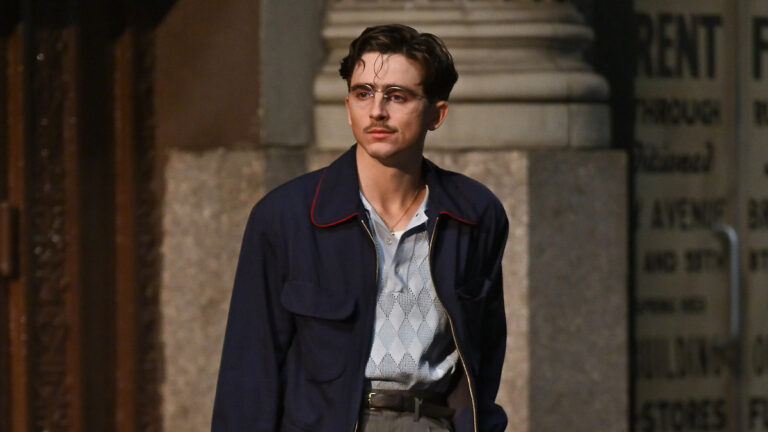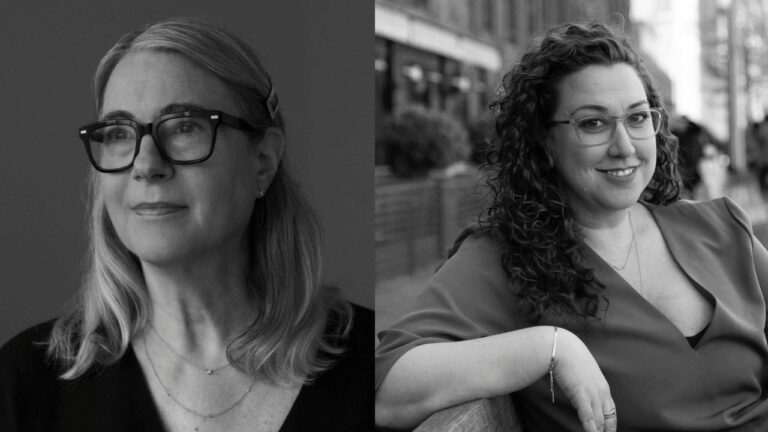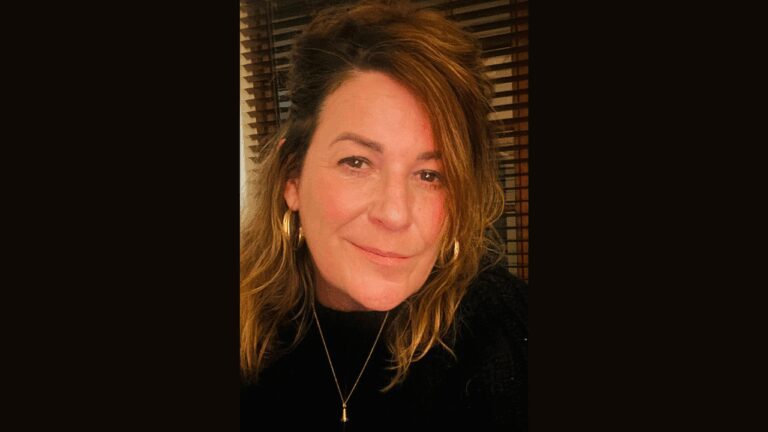Casting directors Cindy Tolan and Anne Davison are the recipients of two Artios Awards for their work on Amy Sherman-Palladino and Daniel Palladino’s The Marvelous Mrs. Maisel. Now, the casting duo reunites with the husband and wife showrunners on the new Amazon Prime Video series Étoile.
The comedy follows two renowned fictional ballet companies, one in New York, the other in Paris, who swap their most talented stars to save their institutions. Luke Kirby, who famously played Lenny Bruce in Maisel, and Charlotte Gainsbourg star as the artistic directors of their respective companies.
Anne Davison spoke to Casting Networks about the ambitious process of casting a show that blends drama, comedy and world-class dance.
Insights: Lessons From Anne Davison
- Arrive fully prepared, confident in your interpretation, but ready to adjust and try new directions if asked.
- Show openness and agility in auditions — being able to quickly adapt to notes or changes is highly valued.
- Practice delivering dialogue at a brisk tempo, especially if auditioning for fast-talking, stylized shows.
How early did you come on board for Étoile?
Cindy and I were working on The Marvelous Mrs. Maisel when the genesis of the show started to evolve.
We were brought on before there were scripts because of the challenge of needing the right level of dancers involved that Marguerite Derricks, the choreographer, and Amy and Dan wanted to have. We needed a longer runway than usual to explore the best ways to do that.
Why was such a long lead time necessary?
It was very clear that there would be a need for dancers who would solely dance, so the caliber of ballet dancers had to be very high.
From the outset, Amy and Dan intended the show to be a love letter to ballet. They wanted to showcase the beauty, as well as the athleticism and training and everything it takes.
It was very important to Amy, Dan and Marguerite to have companies in New York and Paris with the type of dancers who could execute the dancing, and keep the audience excited about this peek into the world of ballet.
How did you approach casting dancers who also needed to act?
There were several characters written as dancers, who would also have larger speaking roles.
Some dancers were very excited about the idea of having a line or two, and some were happy to dance and be a part of the show, but not so much interested in talking. Others were very excited about the idea of having a larger speaking role. Then with some of the actors, we had dance doubles that that came in to work with them.
What was uniquely challenging about casting two different companies across two continents?
Typically, ballet companies have dancers who have been working together for a very long time. Part of the challenge we had was building two dance companies largely comprised of people who had never danced together before.
How did you go about finding the dancers?
We cast people who had danced with various companies around Europe that were brought together by our amazing Paris search team. There was also the generosity of New York City Ballet, San Francisco Ballet, Cincinnati Ballet and other ballet companies that gave a lot of their dancers leave for the duration of our shoot. There wasn’t this kind of “choose between your dance career and your Hollywood moment.”
Were the dancers all actively part of companies at the time?
We had some dancers who were at a point where they were ready to leave their companies for one reason or another, and it timed out very well. Many dancers were able to get a leave for the season to do the show, and then return to their career.
Assembling that was a challenge, but also very exciting. When it came together, we had two completely constructed companies that became the show’s Metropolitan Ballet Theater and the Ballet National.
Thinking about joining Casting Networks? Sign up for a free trial today!
Who led the Paris-based casting efforts?
We had an extraordinary counterpart in Juliet Ménager, and her team working on the Paris casting.
There was a choreography team that worked with Marguerite specifically in sourcing the Paris dancers, and Juliet, who does so much international work, was sourcing the actors. It was all hands on deck.
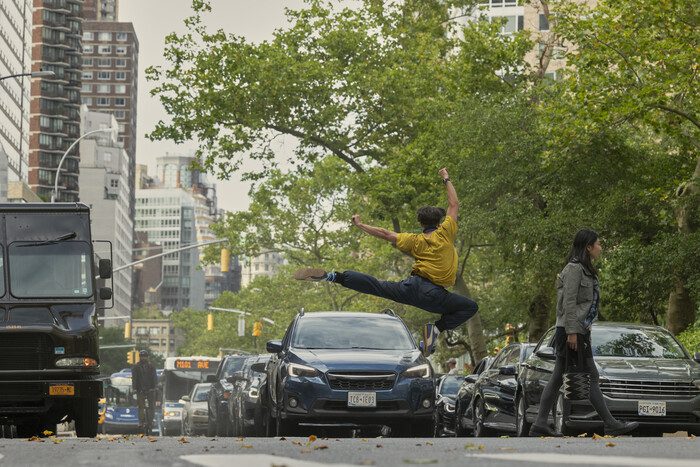
Were there any particularly special discoveries along the way?
The team went down to Tampa, Florida to the Youth America Grand Prix dance competition. It’s an annual competition, and always in a different city. That’s where Cindy, and casting assistant Nick Petrovich, first saw LaMay Zhang, who ended up cast as aspiring Chinese American dancer Susu. They saw her there, and also a bunch of other beautiful young dancers.
We checked with their parents if they would be interested in auditioning, and laid out what it would all entail. We were very fortunate to find many talented young dancers there who were excited about the opportunity.
What made LaMay Zhang stand out?
A very high-level talent, but also this fearlessness to be able to be on a set with all of these seasoned actors and other dancers, and hold her own.
Luke Kirby returns to the Palladino world here. How early was he cast?
Luke was cast very early on. He’s much beloved in Palladino-land. From the time when he was cast as Lenny Bruce in Maisel, they had been thinking of something else to do with him.
The Palladinos very much like to work with the same people again and again, who have the facility with their style of language — the “Palladino Pace,” as we call it, which is no easy task. The Palladino’s are also equally excited to see what new faces [we] can bring.
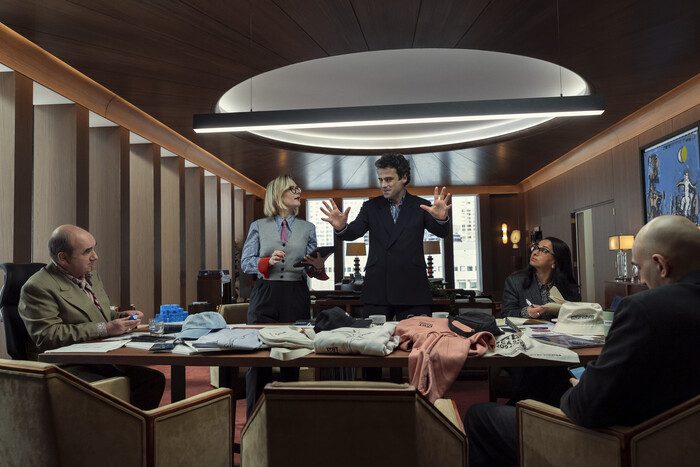
Let’s talk about some of those new faces. How did she come onto your radar?
In the case of David Alvarez (who plays Gael Rodriguez, Cheyenne’s dance partner), Cindy cast David as Bernardo in Steven Spielberg’s remake of West Side Story. Amy and Dan saw him in that film and immediately we’re like, “We’re going to write a part for him.” So, sometimes that kind of kismet happens.
Juliet sent us tapes for Cheyenne, and almost immediately we saw Lou de Laâge. We were like, let’s do callbacks and get her in person in a room and meet. She had some dance background but certainly was not a ballerina, so it was about kind of figuring out how that would work.
What helped Lou land the role of Cheyenne?
That ability to be fluent in French and fluent in English, and confident enough in both to deal with that “Palladino Pace.” Even native English speakers can’t always spit out that dialogue at that pace.
To have someone like Lou, who could do that in two languages and be the emotional center that viewers are drawn to, was very exciting. When she read with Luke, it all seemed to fall into place very quickly.
Are there any other familiar faces from past Palladino projects in Étoile?
Kelly Bishop and Yanic Truesdale from Gilmore Girls are in it. And Leslie Fray, who appeared in Maisel.
Charlotte Gainsbourg doesn’t often do television, yet she’s on the show.
Exactly, so as you can imagine, it wasn’t like, “How about Charlotte Gainsbourg?”
We were so delighted that she was open to it. Then she met with Amy and Dan, trusted them enough and was intrigued enough to jump on. I think it’s such a delight to see her do comedy.
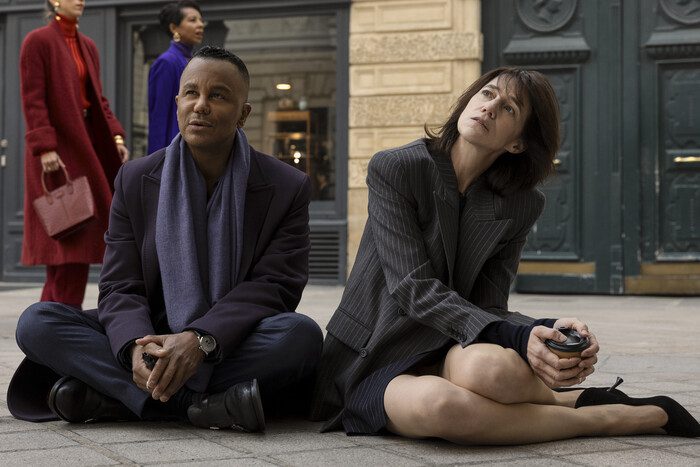
Simon Callow (Four Weddings and a Funeral) as wealthy British oil baron Crispin Shamblee was also a great get!
Yes, it’s their first collaboration with Simon. It was kind of like, this character should be a Simon Callow type, and then we were fortunate enough to get Simon Callow.
What advice do you have for actors auditioning for you?
Be as prepared as you can, and be confident in what your take is on that material. I also think it’s so important to note that confidence and arrogance are two different things.
Come in with what you feel is your best take on this material, and then be open to potentially trying it another way, even if you know the adjustment or the note seems to go against what’s on the page.
Why is that important?
Maybe we just want to see how facile you can be with switching something up. Or maybe we know from the director that they’re planning on doing it a little differently.
Be open and be able to take in any kind of adjustment and play with it. Don’t feel like an adjustment means your initial take was wrong. Maintain that confidence, and stay with the possibilities of what this role could be.
Is there a common note for actors you find yourself giving?
I will say that our most common, frequent note for both Maisel and Étoile was: “That was great, now try it a bit faster!”
You may also like:

